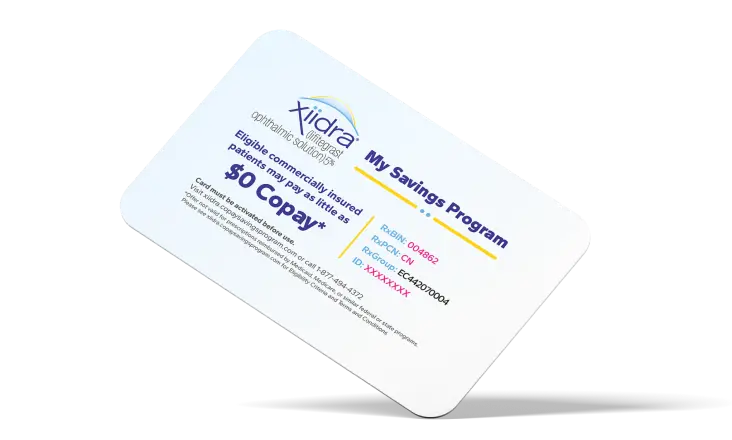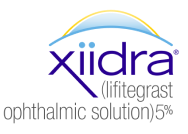What is Xiidra?
Xiidra (lifitegrast ophthalmic solution) 5% is a prescription eye drop used to treat the signs and symptoms of dry eye disease.
Important Safety Information
Do not use Xiidra if you are allergic to any of its ingredients. Seek medical care immediately if you get any symptoms of an allergic reaction.
The most common side effects of Xiidra include eye irritation, discomfort or blurred vision when the drops are applied to the eyes, and an unusual taste sensation.
To help avoid eye injury or contamination of the solution, do not touch the container tip to your eye or any surface. If you wear contact lenses, remove them before using Xiidra and wait for at least 15 minutes before placing them back in your eyes.
It is not known if Xiidra is safe and effective in children under 17 years of age.
You are encouraged to report negative side effects of prescription drugs to the FDA. Visit www.fda.gov/medwatch, or call 1-800-FDA-1088.
What is Xiidra?
Xiidra (lifitegrast ophthalmic solution) 5% is a prescription eye drop used to treat the signs and symptoms of dry eye disease.
For additional safety information, click here for Full Prescribing Information and Patient Information and discuss with your doctor.








